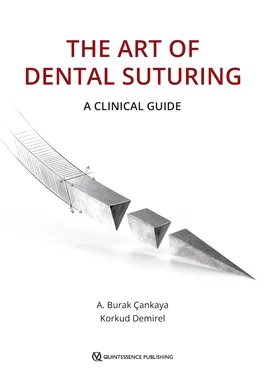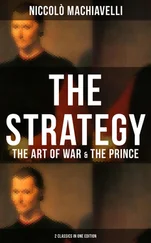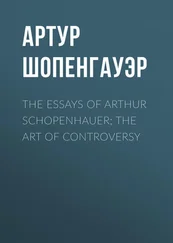General principles of suturing
Suture characteristics
Suturing techniques
Operational safety
Function-based classification of suturing techniques
Wound closure sutures
Interrupted sutures
Simple and locking continuous sutures
Corner sutures
Displacement sutures for approximating wound margins
Sling sutures
View-enhancing (tissue retraction) sutures
Fixation sutures for biomaterials or grafts
Membrane fixation sutures
Sutures for adapting autogenous soft tissue grafts to the recipient site
Sutures for securing surgical dressings or packings
Hemostatic sutures
Positioning sutures
Sutures to prevent foreign material from traveling into deep tissue
Abscess drainage sutures
Recommended reading
TYPES OF WOUND HEALING
Diverse biologic events such as hemostasis, coagulation, inflammation, granulation, connective tissue formation, and reepithelization occur during wound healing and continue upon remodeling of the wound site, even after wound closure. The healing model where the wound edges are well approximated is known as primary healing or primary intention, and that where a gap is left between the wound edges is called secondary healing or secondary intention. However, in case of injuries with significant tissue loss and in which the wound is contaminated with bacteria through contact with a foreign body, the wound is often left open for a couple of days to avoid the risk of infection, and then closed once this risk is eliminated. This is known as tertiary healing. In such cases, the wound should be irrigated with saline while it is left open.
In primary healing, the wound remodels rapidly with a very small amount of granulation tissue formation, whereas in secondary healing, a void exists between the wound edges, resulting in more granulation tissue formation. In these types of injuries, the epithelium needs to extend further to cover the wound surface by filling the gap between the wound edges due to tissue loss. This indicates prolonged epithelization compared with primary healing. In addition, healing becomes more complicated in contaminated wounds with the additional process of eliminating the infection.
Wound healing takes place through either regeneration or repair of damaged tissue. Healing through regeneration involves the recovery of lost tissue with that which is structurally and functionally similar to the original. In healing through repair of damaged tissue, however, structure and function are not of primary importance; the main goal in such cases is the closure of the wound using available onsite cells and/or mechanisms. Whether the tissues heal through regeneration or repair depends on the availability of the required cells, the existence of signals to be transmitted to stimulate these cells, and the distance between the wound edges. The duration of healing varies depending on local and systemic factors.
Wound healing is managed by inflammation resulting from the complex interaction between cells, soluble substances, molecules, and perfusion. The outcome and duration of healing is estimated by the timing of these interactions and associations as well as the magnitude, severity or duration of their mutual activities. Over the past decade, significant progress has been made in exploring some of these processes. Important insights have been provided by various models used to inhibit healing processes that yield poor outcomes (i.e. non-healing wounds, chronic wounds or wounds leaving scars) and in identifying underlying mechanisms that ensure wound healing. Regeneration is preferred to reparative tissue when it comes to healing, as the former is associated with no scars and with improved function. Recent research studies have therefore focused on regenerative healing.
Конец ознакомительного фрагмента.
Текст предоставлен ООО «ЛитРес».
Прочитайте эту книгу целиком, купив полную легальную версию на ЛитРес.
Безопасно оплатить книгу можно банковской картой Visa, MasterCard, Maestro, со счета мобильного телефона, с платежного терминала, в салоне МТС или Связной, через PayPal, WebMoney, Яндекс.Деньги, QIWI Кошелек, бонусными картами или другим удобным Вам способом.












